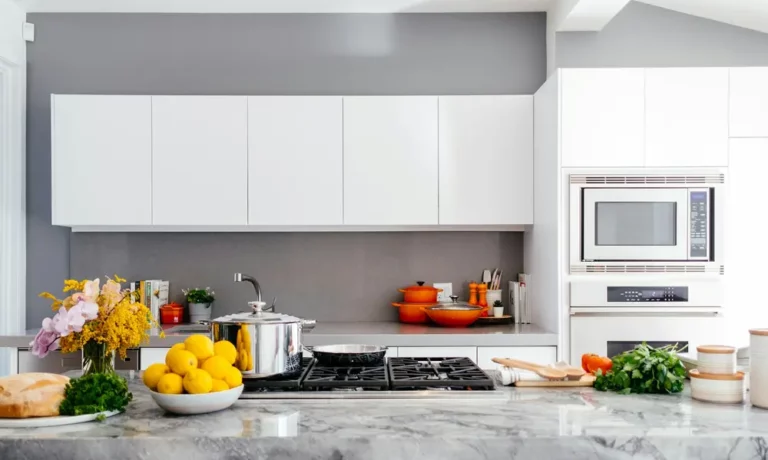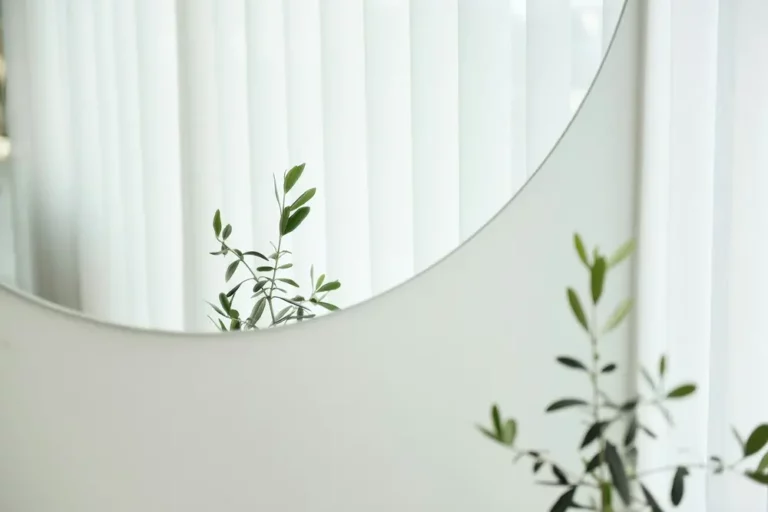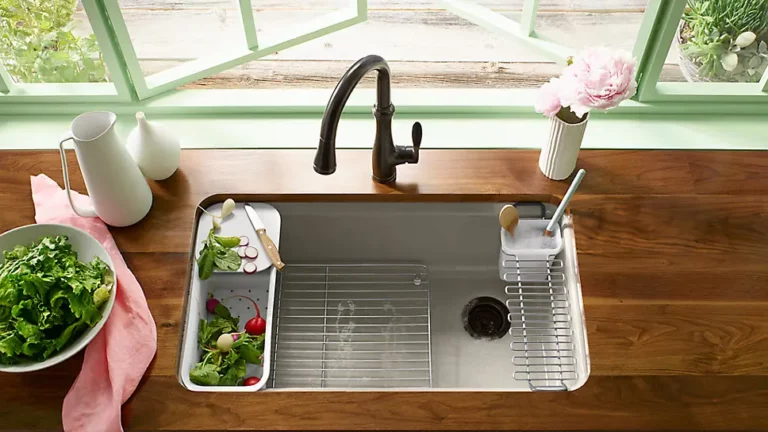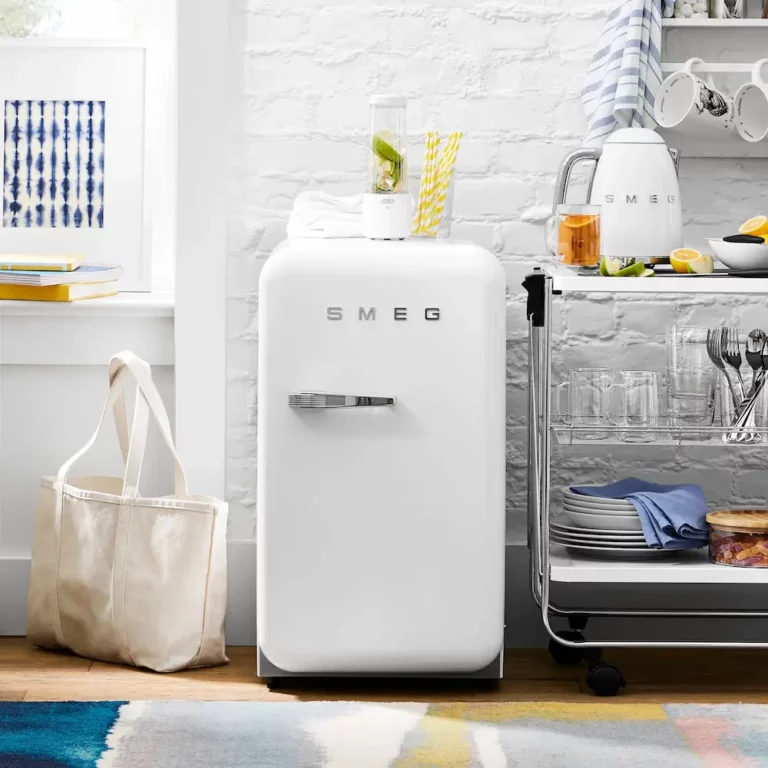Best Plants for Tiny Pots: Creative Ideas for Small Spaces
Living in a snug apartment doesn’t mean you have to skimp on greenery. I’ve discovered that even the tiniest of spaces can become a lush oasis with the right pint-sized plants. It’s all about finding those charming little greens that make a big impact without needing much room.
One of my all-time favorites? The String of Pearls. It’s like draping your space in nature’s finest jewelry, with its bead-like leaves cascading over tiny pots. And the best part? These beauties are as resilient as they are stunning, thriving with just a sprinkle of TLC. So, let me guide you through the world of dainty darlings perfect for your cozy corners.
Ideal Plants for Tiny Pots
In my journey to create a lush, green oasis within the confines of my small living space, I’ve discovered a variety of plants perfectly suited for tiny pots. These little wonders are not only beautiful but also bring a piece of nature into our cozy corners. Let me share with you some of the best picks for compact greenery.
African Violets
African Violets have been a staple in my plant collection due to their compact size and the vibrant pops of color they bring. Their ability to bloom almost year-round, with the right care, adds a cheerful vibe to any small space. What’s wonderful about these plants is their tolerance for indoor environments—they thrive under fluorescent lights. Just keep their soil moist, not wet, and they’ll be happy campers.
Aloe Vera
A staple in any plant lover’s collection, Aloe Vera is as practical as it is aesthetically pleasing. This succulent fits perfectly into small pots and prefers bright, indirect sunlight, making it ideal for a sunny kitchen window. Besides its air-purifying qualities, Aloe Vera gel can be used for minor burns and skin care, which comes in handy more often than you’d think.
Baby Toes
Baby Toes (Fenestraria rhopalophylla) are as quirky as they are mesmerizing. These succulents mimic the appearance of tiny toes peeking out of sand, and they’re a conversation starter. They thrive in well-draining soil and need plenty of sunlight to mimic their natural desert habitat. Overwatering is their nemesis, so it’s a relief that they require minimal watering, making them perfect for my often hectic schedule.
Jade Plant
The Jade Plant, with its thick, woody stems and oval-shaped leaves, reminds me of miniature tree canopies. It’s a symbol of good luck, which is why I always keep one near my workspace. They prefer at least four hours of sunlight a day and require watering only when the soil dries out completely, embodying the true spirit of low maintenance.
String of Pearls
I’m particularly fond of the String of Pearls for its unique, bead-like foliage that cascades beautifully over the edges of tiny pots. It adds a whimsical touch to my shelving units. This succulent enjoys bright, indirect light and sparse watering, proving to be an easy companion that continues to thrive with minimal fuss.
Chinese Money Plant
The Chinese Money Plant, with its round, coin-shaped leaves, brings a modern vibe to any space. It’s not just its appearance that’s won me over—its reputation for being easy to propagate means I’ve been able to share this gem with friends. Bright, indirect light and occasional watering, when the topsoil is dry, keep this plant thriving in small pots.
Flaming Katy
Lastly, the Flaming Katy ends my list on a high note with its vibrant blooms and succulent leaves. Preferring bright light and minimal watering, it’s another low-maintenance beauty that fits perfectly in the small nooks of my apartment. The vivid flowers last for weeks, adding a splash of color to my indoor garden.
Low-Maintenance Options for Beginners
Diving into the world of indoor gardening can seem intimidating at first, especially when you’re not sure where to start. Let’s simplify things and focus on some wonderfully easy-to-care-for plants that thrive even when their caretakers are beginners. I’ve had my share of trials and errors, but trust me, these selections are virtually foolproof. They enjoy low light and minimal watering, and they’re quite forgiving if you happen to forget about them now and then.
Chinese Money Plant
I absolutely adore my Chinese Money Plant. Officially known as Pilea peperomioides, this cheerful green buddy has a reputation for being one of the most effortless houseplants to keep alive. It’s famous for its unique, coin-shaped leaves, which just seem to add a touch of whimsy to any room. Not to mention, it’s believed to bring good luck and financial prosperity into your home.
The Chinese Money Plant isn’t too picky about its living conditions. It prefers bright, indirect sunlight but adapts quite well to lower light levels. This makes it perfect for areas of your home that might not get a ton of natural light. When it comes to watering, the rule of thumb is to let the top inch or so of soil dry out before giving it a drink. This plant detests having wet feet, so well-draining soil and a pot with adequate drainage are a must.
One of the things that delights me the most is how easily the Chinese Money Plant can be propagated. You’ll often find little pups, or baby plants, growing at the base of the mother plant. With a gentle hand, you can separate these babies and pot them in their own containers. It’s a simple pleasure, but there’s something incredibly satisfying about watching these little ones grow into full-fledged plants.
Caring for a Chinese Money Plant has been an absolute breeze in my experience. It’s resilient, doesn’t demand much attention, and on top of that, it multiplies easily, giving you the joy of creating a little jungle of prosperity in your own home. If you’re just starting on your plant parent journey, or if you’re looking for an effortless green companion, this plant might just be the perfect match.
Unique and Quirky Choices
When it comes to selecting plants for tiny pots, I’ve always had a soft spot for the unique and quirky ones. They add an undeniable charm to small spaces, proving that having less room doesn’t mean you have to skimp on personality in your plant choices. In my journey of finding the perfect tiny pot companions, I’ve stumbled upon a few gems that I’m thrilled to share with you.
Nemesia
First off, let me introduce you to Nemesia. This vibrant little plant has been a fantastic addition to my collection of miniature pot flora. What catches my eye about Nemesia is its array of colors and the dainty yet confident way it blooms. From punchy pinks to deep blues, its blossoms are a riot of color even in the smallest of spaces. Its care? Surprisingly straightforward. It thrives in cool temperatures and enjoys a good soak only when the soil feels dry to the touch. Considering its low maintenance and high impact, Nemesia has become one of my go-to recommendations for anyone looking to brighten up their indoor or outdoor garden with compact plants.
Pelargonium
Next, we have Pelargonium, a true favorite of mine not just for its extraordinarily vibrant blooms but also for its delightful scent. Often confused with common geraniums, Pelargoniums set themselves apart with their unique leaf shapes and variety of fragrances that range from citrusy to spicy. They’re ideal for tiny pots because they don’t require a lot of root space to flourish and can easily be kept small with regular pruning. Watering them just right — when the soil’s surface starts to dry out — ensures they’re ecstatic. Honestly, having a Pelargonium in a small pot near the window fills the room with fragrance and color, making it a joy to have around.
Petunia Sempervivum
Finally, let me tell you about an unexpected choice for tiny pots: Petunia Sempervivum. Yes, Petunias are usually thought of for hanging baskets or ground cover due to their sprawling nature, but when carefully managed, they can be a delightful addition to your collection of tiny potted plants. The trick is to opt for dwarf varieties and to be diligent about deadheading to encourage more compact growth. Sempervivums, on the other hand, are succulents known for their ability to thrive in just about any condition as long as they get plenty of light. Pairing the two may seem like a gardening oddity, but it’s a duo that’s brought an interesting texture and color palette to my space. Together, they require minimal care, asking for just enough water to keep them going and a good amount of sunlight to keep them happy.
Indoor Plants for Small Spaces
Tiny pots don’t mean you have to compromise on the variety or beauty of plants in your home. There’s a whole world of petite plants perfectly suited for small spaces. Let’s dive into some of my top picks for tiny planters.
Echeveria
These succulents are a personal favorite of mine for several reasons. Echeverias boast rosette shapes and come in an array of colors, from deep greens to vibrant pinks. They require minimal water, thriving on neglect, making them ideal for my busy lifestyle. Placed on a sunny windowsill, they add a burst of color, with their sculptural beauty enhancing any small space.
Nerve Plant
The nerve plant, or Fittonia, as it’s officially known, is another gem for small pots. Its vibrant, veined leaves make a striking statement in any miniature garden. Light but consistent watering keeps them happy, and they thrive under fluorescent lights, making them perfect for an office setting. I’ve found them to be an instant conversation starter in my work area.
Lithops
Lithops, or living stones, are fascinating plants that mimic the rocks among which they grow. Ultra low-maintenance, these succulents need very little water, making them perfect for small containers. Watching them bloom is a rare treat, with flowers emerging from what seems like stones. They’re almost like a plant pet, offering a unique touch to your collection of miniatures.
Herbs
While not the first choice for tiny pots, several herbs can be adapted to small spaces. I’ve successfully grown basil, thyme, and mint in small containers on my kitchen windowsill. Regular pruning encourages them to bush out rather than up, keeping them compact. There’s nothing quite like snipping off a few fresh leaves to add to my cooking. It’s convenient and adds a fresh touch to meals.
Care and Maintenance Tips
Caring for tiny plants isn’t just about keeping them alive; it’s about letting them thrive in their mini environments. I’ve gathered some essential tips on watering, light requirements, and propagation techniques to help these diminutive green friends flourish.
Watering and Light Requirements
When it comes to watering tiny plants, less is often more. Their small pots mean limited soil, which in turn means water can accumulate quickly, leading to root rot. I always check the top inch of the soil with my finger; if it’s dry, then it’s time to water. Overwatering is a common mistake, but it’s easily avoidable with this simple check.
Light requirements can vary depending on the plant species, but generally, tiny plants do well in bright, indirect light. A windowsill that gets a good amount of morning light is perfect, but I make sure to avoid harsh afternoon sun, which can scorch delicate leaves. For my succulents, I’ve found that a sunny windowsill is their happy place, basking in the brightest light my home can offer.
Remember, every plant is an individual, and it’s important to adjust these general guidelines to suit the specific needs of your tiny green companions.
Propagation Techniques
One of the joys of having tiny plants is how easily they can be propagated, creating new plants to expand your collection or share with friends. I’ve had great success with leaf cuttings, especially with my succulents. Simply snipping off a healthy leaf and allowing it to callous over for a day or two before popping it into fresh, well-draining soil has worked wonders.
For those with a bit more patience, water propagation is another method I’ve enjoyed exploring. Taking a cutting and placing it in a small jar of water allows me to watch the roots develop in real-time. It’s a slower process, but incredibly rewarding when those new roots start to emerge.
Whether you’re keeping your tiny plants thriving in their diminutive homes or multiplying them through propagation, the key is in paying attention to their needs and responding with care. With a little effort, these minuscule plants can bring oversized joy to any space.
H2: Creative Ideas for Tiny Pots
Using Household Items as Pots
In my journey to bring more green into my space without taking up too much room, I’ve realized that almost any household item can be transformed into a unique tiny pot. It’s about looking at things a bit differently. For instance, that old teacup I never used, the one with the chip on the rim, found a new life as a cozy home for a Peperomia Napoli Nights plant. Its textured silver-green leaves look stunning against the porcelain. Similarly, glass jars, from baby food containers to mason jars, make excellent transparent pots for succulents, allowing their intricate root systems to be part of the display.
I’ve also repurposed tin cans by removing their labels, giving them a quick paint job, and drilling a drainage hole at the bottom. These are perfect for herbs or small flowers, adding a pop of color to a kitchen window sill. The idea is to ensure whatever household item you choose is clean, appropriately sized, and has drainage, either through holes or by adding a layer of pebbles at the bottom.
Mixing Species for Variety
I love experimenting with different plant species in the same pot, creating a mini-ecosystem right on my desk. When doing this, it’s crucial to pair plants with similar sunlight and watering needs. A charming combination I’ve found success with includes a Crassula (Jade) with its fleshy, jade-green leaves, alongside a String of Pearls (Senecio), which dangles over the edge of the pot. They both crave bright light and have similar watering schedules, making maintenance a breeze.
Another favorite mix is the Echeveria, with its rosette form, combined with the vertical lines of a Haworthia. This contrast in shapes and textures makes for a visually captivating display, all within the confines of a tiny pot. For these mixed arrangements, I recommend using a well-draining cactus potting mix and being mindful not to overcrowd the pot. This ensures each plant has enough space to grow and thrive.
By incorporating household items as planters and mixing different species, I’ve discovered an endless array of possibilities for gardening in small spaces. It’s all about being creative and understanding the needs of your plants.
Conclusion
I’ve always believed that a lack of space should never hinder creativity especially when it comes to gardening. This journey through the world of tiny pots has shown just how much fun it can be to experiment with different containers and plant combinations. Remember it’s all about finding joy in the little things—like seeing a teacup brimming with life or a tin can transformed into a tiny green oasis. So don’t hold back. Let your imagination run wild and watch your miniature garden flourish. Who knows? You might just inspire someone else to start their own little pot project. Happy planting!
Frequently Asked Questions
What can you use as unique planters for tiny plants?
You can use household items such as teacups, glass jars, and repurposed tin cans as creative and unique planters for tiny plants. These options add a personalized touch to your space while being environmentally friendly.
Why is drainage important for tiny pot planters?
Drainage is crucial for preventing waterlogged soil, which can lead to root rot and other plant diseases. Ensuring your tiny pots have proper drainage helps maintain healthy and thriving plants.
Can you mix different plant species in one tiny pot?
Yes, mixing different plant species in the same pot is encouraged to create visually appealing displays and mini-ecosystems. However, it’s important to pair plants with similar light and watering requirements to ensure they all thrive together.
What are some successful plant combinations for tiny pots?
Successful combinations for tiny pots include Crassula with String of Pearls and Echeveria with Haworthia. These pairs offer complementary textures and growth habits, creating an attractive setup while meeting similar care needs.
How can you avoid overcrowding in tiny pots?
To avoid overcrowding, select plants that are proportionate to the size of the pot and allow enough space for each plant to grow. Use well-draining soil and be mindful not to pack too many plants into a small space, ensuring optimal growth and health.






